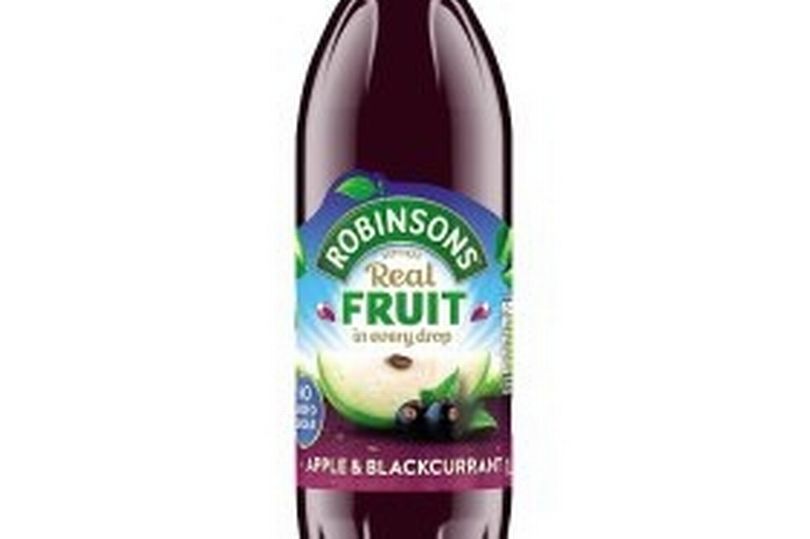
Robinsons has introduced a substantial package change in its almost 200 years of manufacturing, as part of an environment-saving new trial. The new Robinsons Ecopack comes in a carton instead of a plastic bottle, with the company hoping to reduce 85 per cent of its plastic waste per serve - when compared to a standard one litre bottle of Double Concentrate.
The drinks brand claims that the higher concentration of squash means that the carton is the equivalent of three single concentrate bottles - with each 500ml carton containing in the region of 60 servings. The new packaging is also constructed with 89 per cent plant-based materials, with responsibly-sourced paperboard making up the meat.
Shoppers can find the new Ecopack in three separate flavours - orange, apple and blackcurrant, and summer fruits - across 385 Tesco stores this month. The new packaging will also be sold alongside the regular bottles of Robinsons.
The Mirror reports that Innovation Lead for Robinsons, Fiona Graham, said: "As a brand, Robinsons is continuously innovating and is committed to improving the environmental impact we have. Squash is already a sustainable product due to its concentrated format.
"Making Robinsons available in this new format allows consumers to feel confident in the knowledge that the pack they’ve chosen has more serves, but used less packaging per serve, and can be recycled once finished. All packaging types have their own unique benefits and challenges, and we know there is currently no one ‘silver bullet’.
"That said, we believe that continuing to innovate with products such as Robinsons Ecopack will bring us one step closer to a solution and provide consumers with a range of options. The brand-new Robinsons Ecopack carton will be available via Tesco to begin with, and we are excited to learn what consumers think about the new format."
The recent update from Robinsons comes shortly after Asda confirmed they would switch to clear top milk lids across its entire catalogue of supermarkets in their own bid to end plastic waste. Shoppers will know that the blue, green and red lids usually distinguish between the different fat content of milk products.






